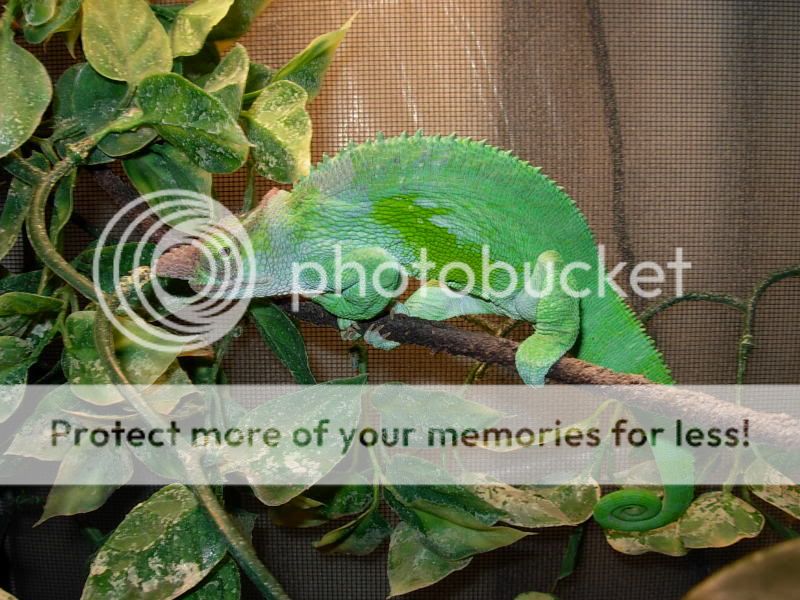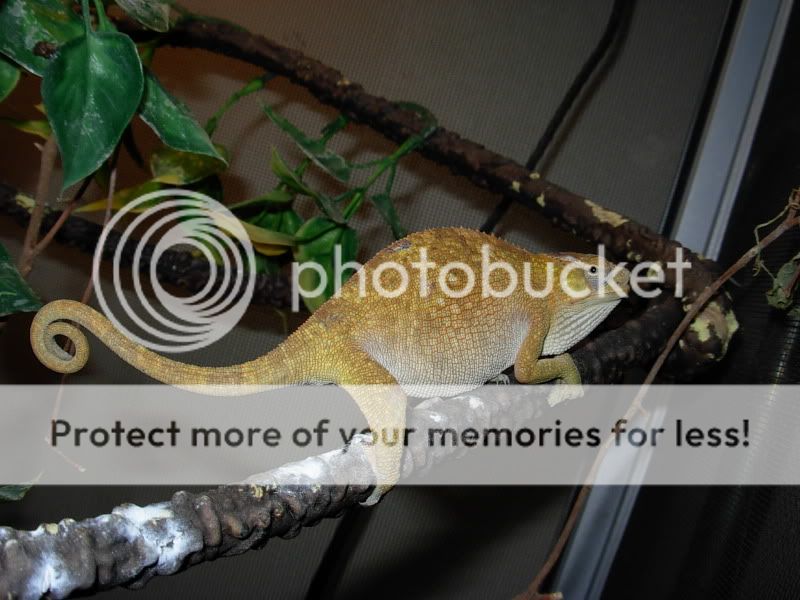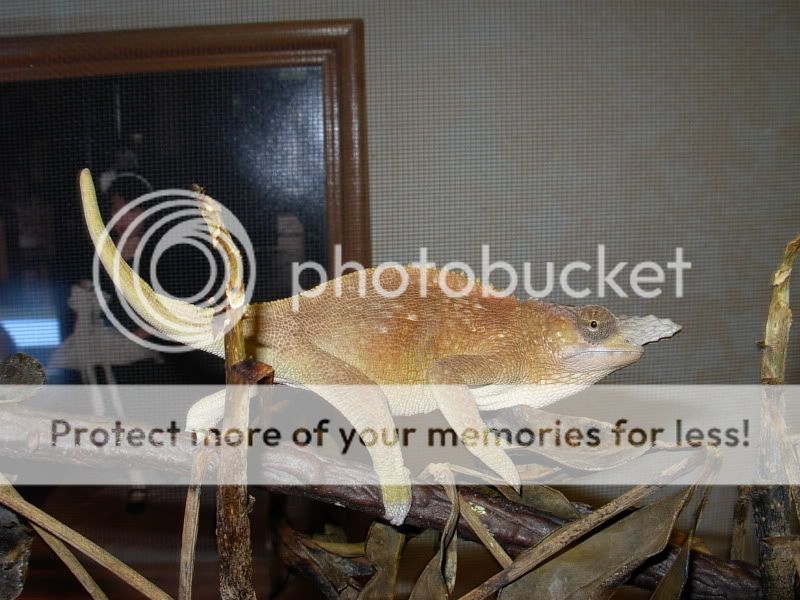kawabunga2002
New Member
Hi,
did a search and found a lot off you guys keeping Kinyongia multituberculata or Kinyongia in general.
i'm looking for a lot off info about breeding with Kinyongia multituberculata.
Everything you know... the more info the better.
also i need to know the temp for the eggs.
in the future i'm willing to breed with them got a male for quite some time and searching for a female at the moment.
did a search and found a lot off you guys keeping Kinyongia multituberculata or Kinyongia in general.
i'm looking for a lot off info about breeding with Kinyongia multituberculata.
Everything you know... the more info the better.
also i need to know the temp for the eggs.
in the future i'm willing to breed with them got a male for quite some time and searching for a female at the moment.





